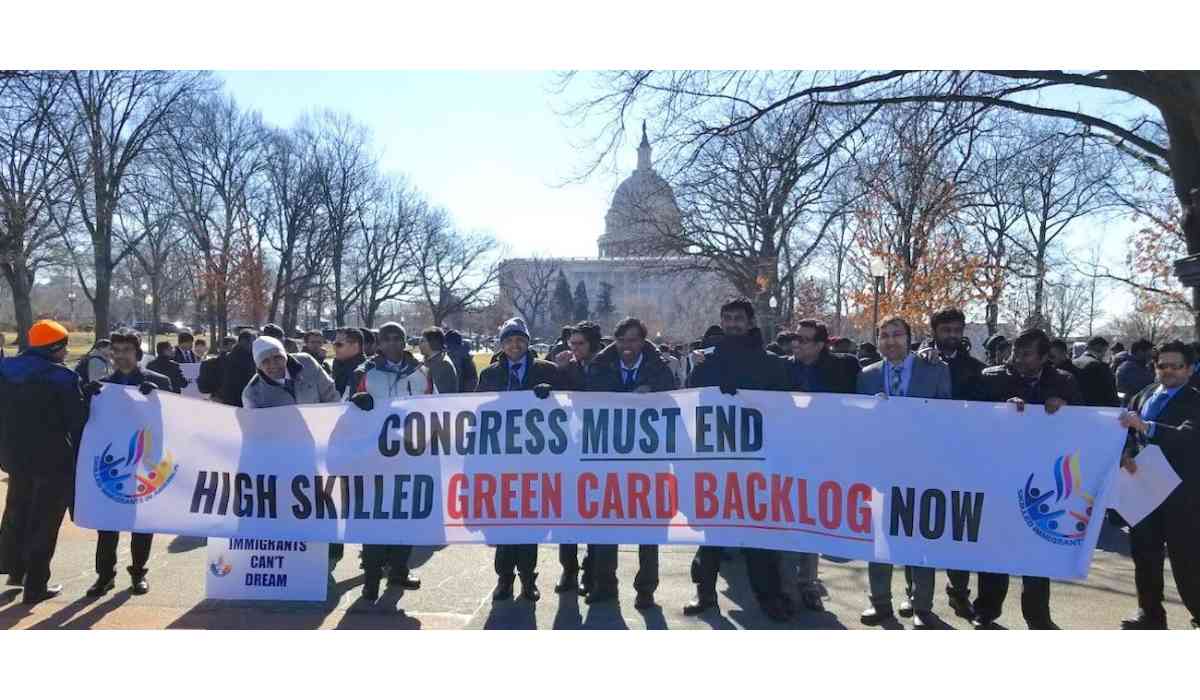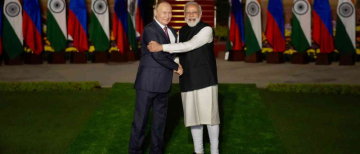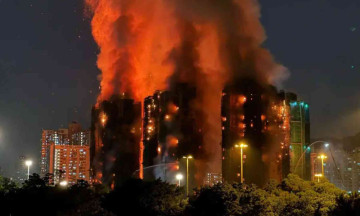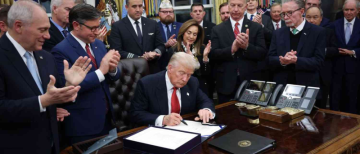A mounting crisis in the United States is threatening to separate over 100,000 Indian immigrants from their parents due to a crippling Green Card backlog. This issue arises from an imbalance between the number of eligible applicants and the limited annual allocation of Green Cards, with particularly severe consequences for the Indian immigrant community.
The Green Card Backlog Explained:
The Green Card backlog occurs when the demand for Green Cards exceeds the available supply. In the US, the number of Green Cards issued annually is capped. Currently, the backlog primarily affects Indians who are waiting for employment-based Green Cards (EB-2 and EB-3 categories), granting them permanent residency in the US.
The Indian Predicament:
Indians bear the brunt of this backlog due to a restrictive policy that allocates only 7% of Green Cards per year to their country of origin. Consequently, approximately 65,000 Green Cards are available annually for Indians, leading to an excruciating wait of up to 134 years to obtain one. During this time, they cannot legally work in the US or sponsor their parents for Green Cards.

Alarming Mortality Rates:
A study by David J. Bier, associate director of immigration studies at the Cato Institute, highlights a grim reality: an estimated 424,000 applicants may pass away while waiting for a Green Card. This dire situation has resulted in the separation of Indian immigrants from their parents.
Impact on Families:
Parents are left stranded in India while their children reside in the US, causing immense emotional distress for both generations.
The H-4 Visa Dilemma: Under H-4 visa provisions, children of H-1B visa holders can join their parents in the US. However, when these children reach the age of 21, they lose their H-4 status. This group, often referred to as "documented dreamers," faces two challenging options:
-
Seeking F-1 Student Visas: This allows them to study in the US but does not provide work authorization unless they obtain an Employment Authorization Document (EAD). Acquiring an EAD involves a lengthy and costly process with no guaranteed approval.
-
Returning to Their Home Country: In this scenario, they wait for their parents to obtain Green Cards. However, this process is also fraught with uncertainty and can be protracted.

The Role of Country Caps:
The Green Card backlog issue is exacerbated by country caps that arbitrarily limit Green Card allocations to 7% per nation of birth, disproportionately affecting applicants from countries like China and India.
Biden Administration's Proposed Solutions:
The Biden Administration has proposed several measures to address the Green Card backlog:
-
H-4 Visa Work Authorization: A proposed rule seeks to allow H-4 visa holders to apply for work authorization once they turn 21, offering hope to documented dreamers.
-
Increased Green Card Availability: In March 2023, the administration announced plans to increase the annual Green Card allocation by 300,000.
-
Family Prioritization: Efforts are underway to prioritize Green Card allocation for family members of US citizens and permanent residents.
In conclusion, the Green Card backlog crisis affecting Indian immigrants in the US has far-reaching consequences for families and individuals alike. While the Biden administration is taking steps to alleviate the situation, much remains to be done to ensure a fair and equitable immigration system.
© Copyright 2023. All Rights Reserved Powered by Vygr Media.
























